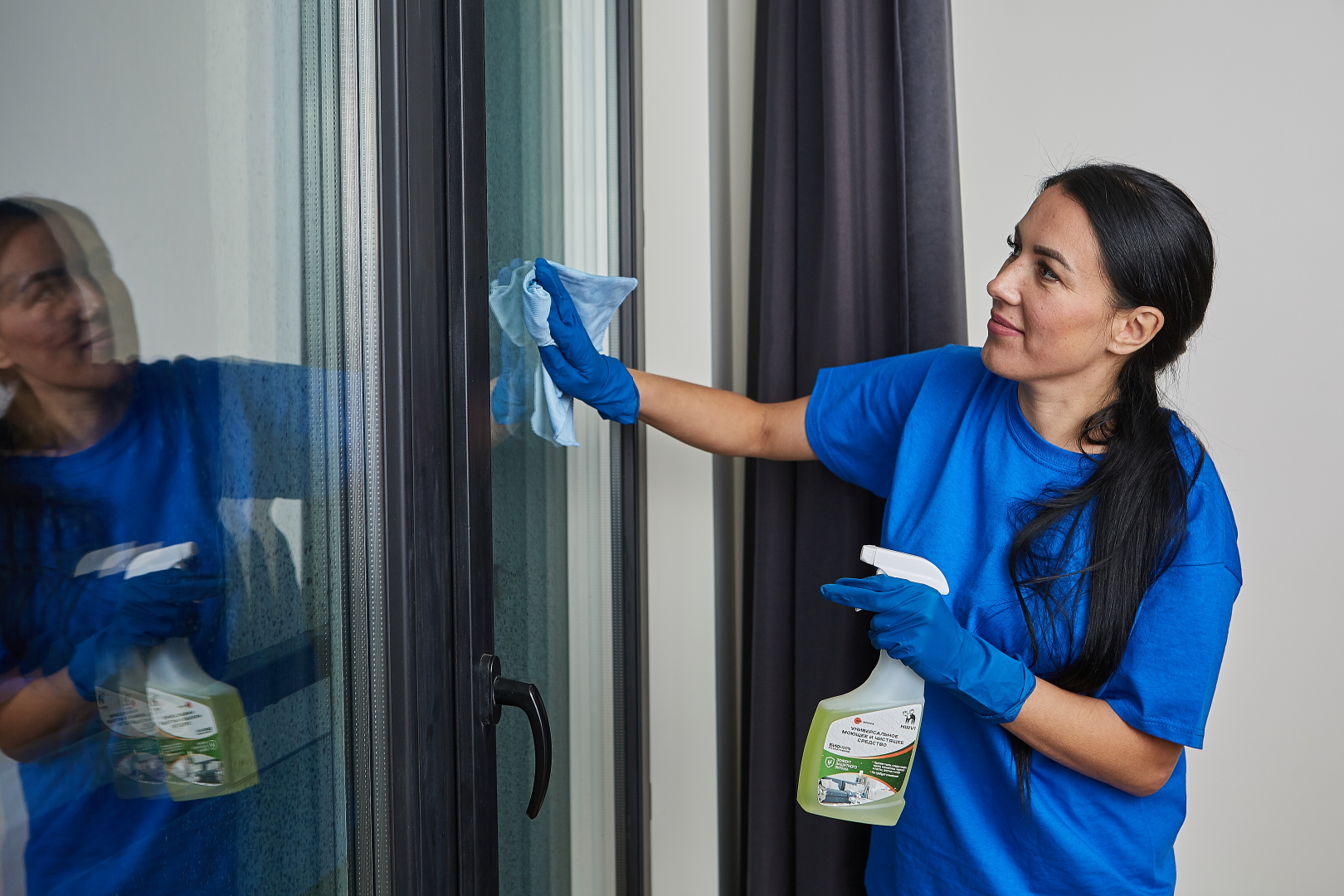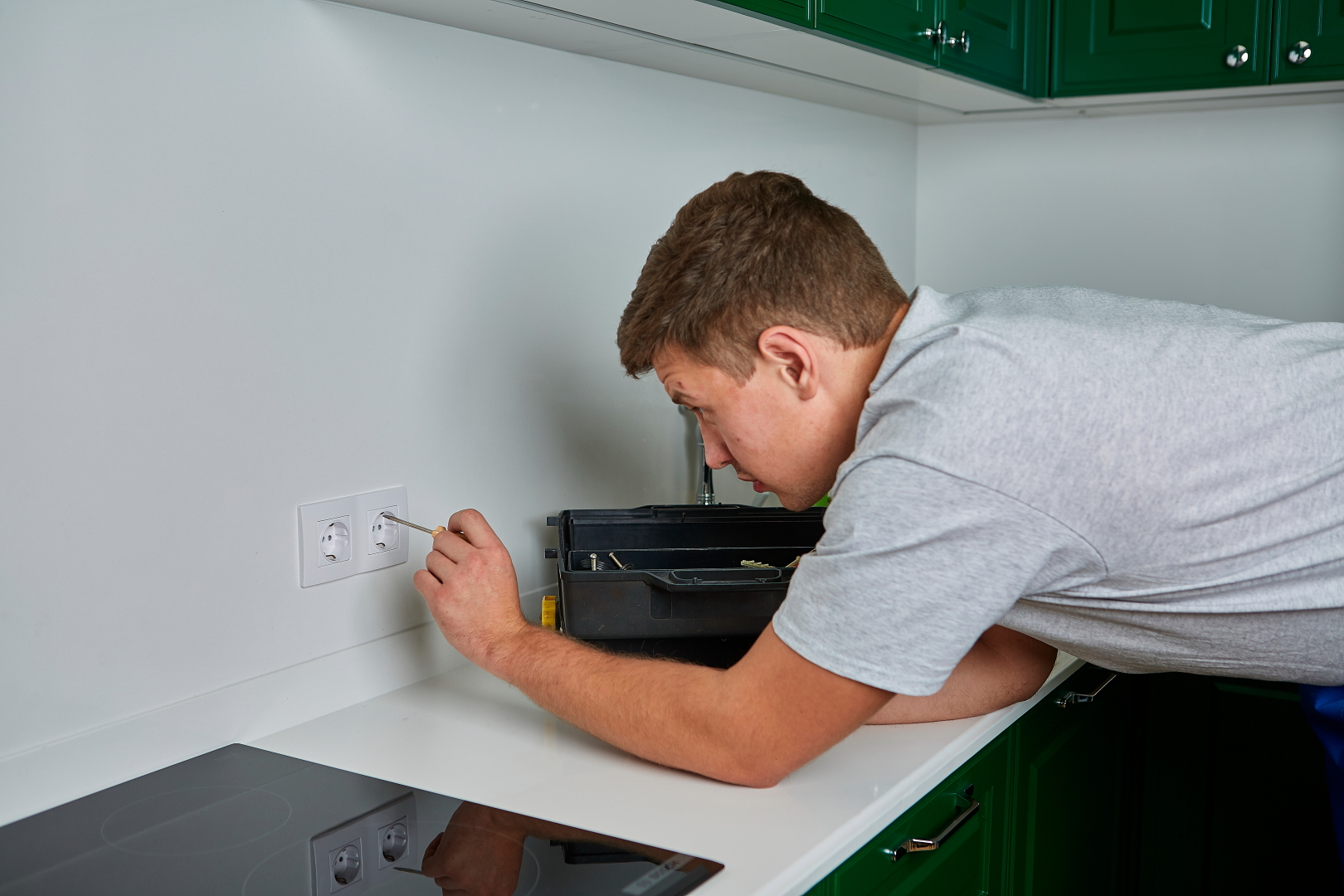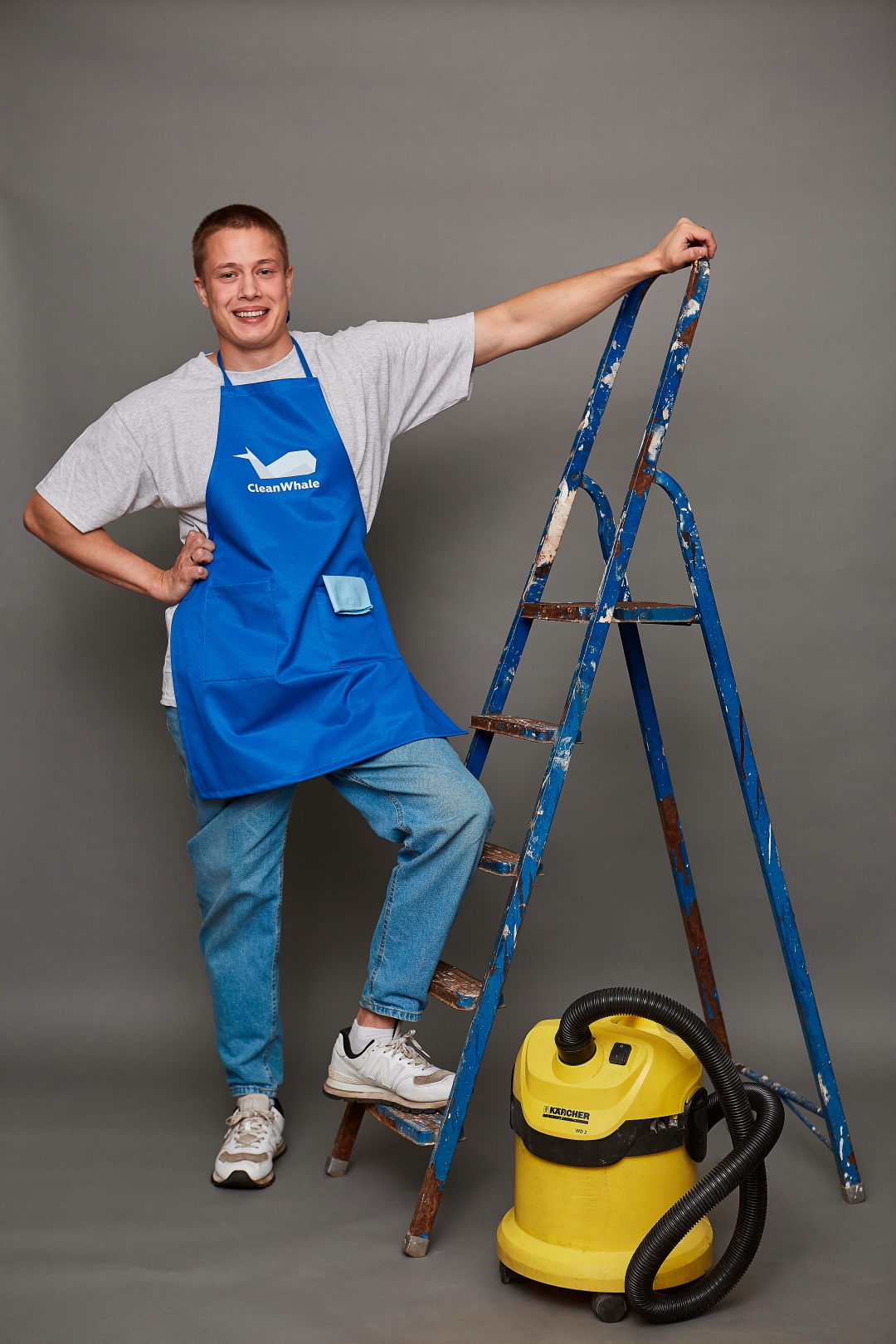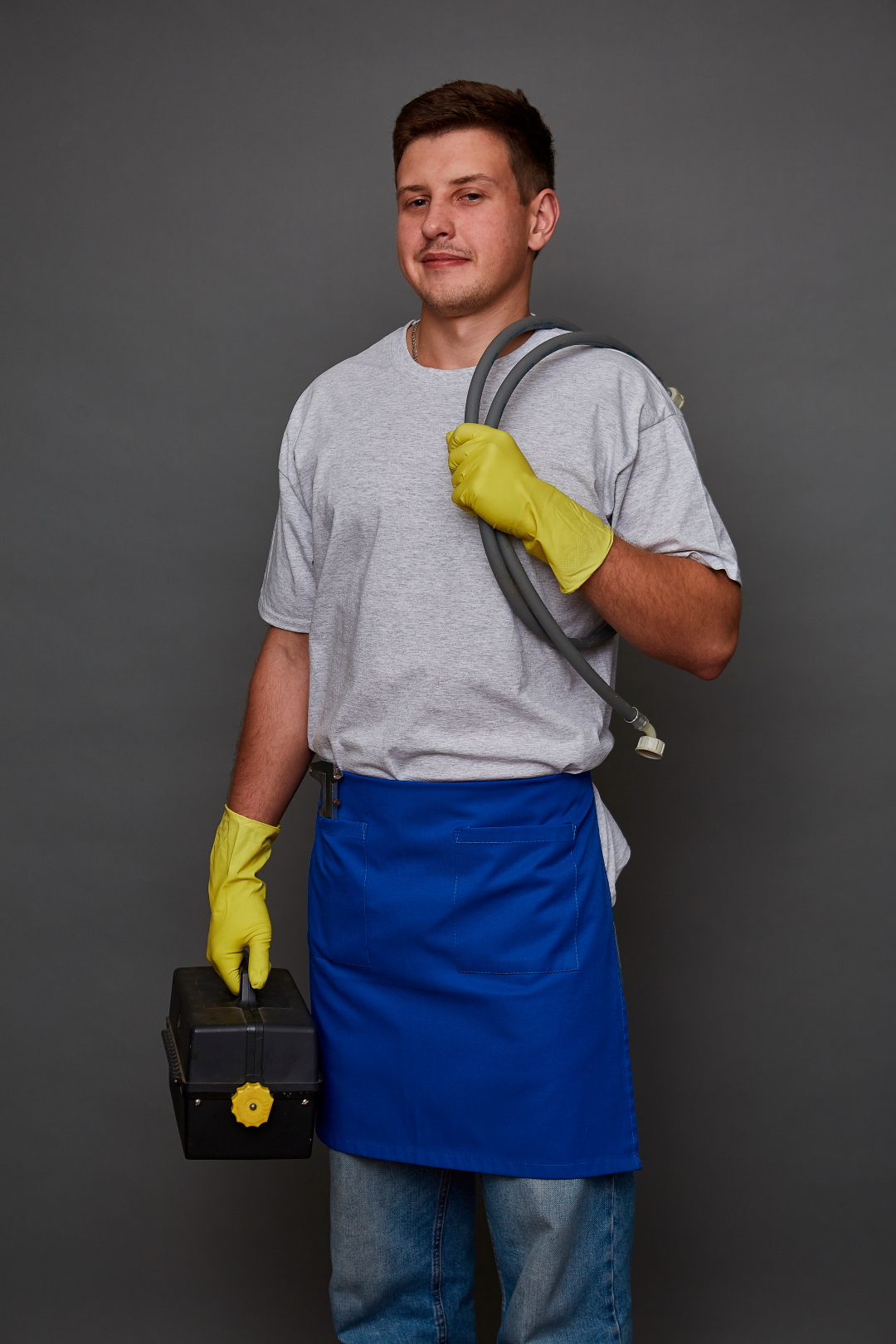The Ultimate Guide to Effective Pool Cleaning After Winter: A Step-by-Step Approach
As the winter chill fades and the warmth of the summer sun beckons, it's time to uncover your beloved swimming pool from its frosty slumber. Pool cleaning after winter is not just an essential task; it is the first step towards a refreshing and enjoyable summer. While it may seem daunting, our step-by-step guide will walk you through the process, ensuring your pool is clean, safe, and ready to dive into. Let’s get started on turning that green monster into a sparkling oasis!

1. Assess the Pool’s Condition
After the winter months, the first step is to evaluate your pool's current state. Look for signs of algae growth, debris accumulation, and any visible damage to the pool liner, tiles, or equipment. Taking note of these conditions will help you plan your cleaning strategy accordingly.
Key Points:
- Check for Ice Damage: Ice can crack or damage walls and surfaces; inspect closely.
- Look for Debris: Leaves, twigs, and other debris can accumulate and impact your cleaning process.
2. Remove Pool Cover
If you used a pool cover, it’s essential to remove it carefully. Be sure to clean any debris off the cover before taking it off, as this can save you from introducing extra dirt into the pool. Clean the cover and store it properly for the summer months.
Reminder:
- Use a garden hose to rinse off the cover before folding it.
3. Inspect and Clean the Pool Equipment
Before diving into cleaning the pool itself, check all equipment including filters, pumps, and heaters. Make sure they are not clogged with debris or damaged from the winter.
Important Steps:
- Suction Cleaners: Ensure that your automatic suction cleaner is functioning smoothly.
- Filters: Remove any debris and perform necessary maintenance on cartridge or sand filters.
4. Fill the Pool
Next, if the water level is low, refill the pool with water. This typically happens during the winter months when evaporation can occur. Keep the water level at the skimmer height to ensure proper filtration.
5. Shock and Balance the Water
Now that your pool is filled, it’s critical to balance the water's chemistry. Testing the water's pH and alkalinity levels is vital before adding any chemicals.
pH and Alkalinity Levels:
- Ideal pH Level: 7.2 to 7.8
- Ideal Alkalinity: 80-120 ppm (parts per million)
Shocking the pool with chlorine will kill off any bacteria or lingering algae, setting a clean foundation for the swimming season.
6. Clean the Pool Surface and Walls
Using a pool brush, scrub the walls and tile surfaces to remove any algae or dirt buildup. Pay extra attention to corners and steps where debris gathers.
Tool Recommendations:
- Pool Brush: Use a stiff-bristle brush for concrete surfaces and softer for vinyl.
- Skimmer Net: Use it to remove leaves and larger debris floating on the surface.
7. Vacuum the Pool
After scrubbing, vacuum the pool to clean up all the debris settled at the bottom. Using either a manual or automatic vacuum will help keep your pool clean and clear. Vacuum weekly throughout the summer to maintain clarity.
8. Run the Filter
After vacuuming, run the filtration system for at least 24 hours. This will help circulate and cleanse the water, allowing any contaminants to be filtered out.
Filter Tips:
- Backwash the Filter: If using a sand filter, backwash it to remove dirt and contaminants collected during the winter.
- Monitor Filter Pressure: Ensure the pressure remains within the manufacturer’s recommended range.
9. Inspect and Test Water Regularly
Once everything is up and running, schedule regular water testing every week. Invest in a good quality test kit to check for free chlorine levels, pH balance, alkalinity, and calcium hardness.
10. Add Essential Safety Features
Lastly, while you are refreshing your swimming pool, consider adding safety features if you haven’t already. Pool covers, barriers, or alarms can provide an added layer of safety, especially for families with children.
FAQs
-
How long before I can swim after shocking the pool?
Typically, wait at least 24 hours or until chlorine levels drop to safe measurements (1-3 ppm). -
What is the best time to perform winter pool maintenance?
Spring is ideal, as it prepares your pool for the upcoming summer months.
Additional Tips:
- Routine Maintenance: Schedule a routine maintenance check every four to six weeks.
- Professional Help: If the task feels overwhelming, consider hiring a pool cleaning service at the start of the swimming season.
Conclusion
Achieving a crystal clear and clean pool post-winter isn't just essential; it’s a rewarding experience that sets the tone for a splendid summer ahead. By following this comprehensive guide, you can effectively tackle pool cleaning after winter with confidence and ease. Remember, regular maintenance ensures prolonged life and enjoyment from your swimming pool. So, roll up your sleeves and dive into this spring cleaning adventure to create memories that will last a lifetime in your newly revitalized pool. Don’t wait any longer; your summer paradise awaits!
With enthusiasm, prepare your pool for use and let the balmy summer days begin!
Call to Action
Did you find this guide helpful? Share your pool cleaning tips below and let others enjoy a sparkling summer ahead!















